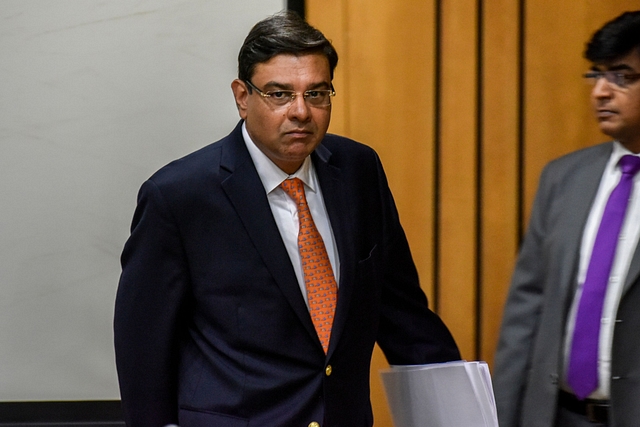
67 Years Later, The Board Is Back In Control Of RBI
However, this would not be unprecedented or unique. Nearly ever other regulator in the financial sector is board-driven.
It will need another crisis to tell us if the government or more specifically the finance ministry and the Reserve Bank of India have decided to work together rather than at each other. The truce on Monday only tells us that the current set of differences have been discussed and possibly papered over. It does not throw up any evidence that the two have worked out a proforma to handle future differences.
But on one aspect there is a clear direction ahead. RBI will now be a board driven organisation. This is likely to be reflected in the next announcement of the monetary policy by the Governor Urjit Patel on 5 December.
So if any bank in future needs to be merged with another or even closed down, it is clear that the Governor will have to walk to the Central Board and ask for permission beforehand. It would turn back the clock though, once he does so.
It was the first banking crisis, post independence, that of the Exchange Bank case in 1951 which clipped the role of the Central Board of Directors of the Reserve Bank of India and gave overriding powers to the Governor.
The government learnt from the crisis and amended the RBI Act in 1951 to make it clear that the RBI Governor will have overriding powers to deal with emergencies instead of the Central Board of Directors. His decisions on behalf of the Bank would remain above any question in a court of law. For this purpose Section 7(3) of the RBI Nationalisation Act was amended to offer him or his chosen deputy governor “full powers of general superintendence and direction of the affairs and business of the Bank”. They were to “exercise all powers and do all acts and things which may be exercised or done by the Bank”. In another section of the Act for the words “Central Board” the word “the Bank” was inserted to give him the desired independence from the Board when needed. As the official RBI history puts it, this became “logical and necessary to empower the Governor to take appropriate decisions”.
The outcomes of Monday’s board meeting at Mint Road makes it clear that despite the law, the powers are back with the board. It is certainly not an advisory body anymore with directors appointed more for their distinction as public persona than those with domain knowledge of matters banking.
The current composition of the board will therefore have to be carefully evaluated. But that is less important than the way RBI will go about its job. This will also not be unprecedented. The other regulators in the financial sector are all board driven. In fact RBI has more in common with the non financial sector regulators in this respect. The Telecom Regulatory Authority of India or the Central Electricity Regulatory Commission are not board driven entities.
But it is the board of Securities and Exchange Board of India which evaluates all options for a policy and signs off on those. The Insurance Regulatory and Development Board of India also operates in the same manner. The RBI board will also do so from now.
Thus issues of provisioning requirement for non performing assets of banks, as now decided upon by a sub committee will also become matters of the board. The quantum of currency notes to be printed annually and their composition and other stuff will also be the something on which the board will need to consider. Just as the quantum of profits to be retained by RBI and shared with the government has now clearly become the domain of the board. Deputy Governors who had total autonomy in the supervision of the banks will now have to get the broad directions cleared by the board. Any forensic audit of a financial entity has to be signed off by it too.
The only exception to this will be the conduct of the monetary policy for which there is a monetary policy committee, appointed as per the latest amendment to the RBI Act. But nothing else can be decided by the huge bureaucracy of RBI without the consent of the board.